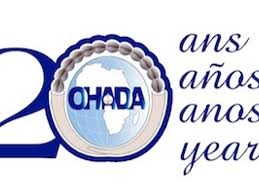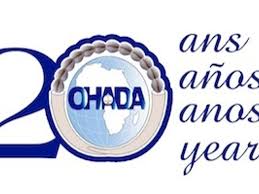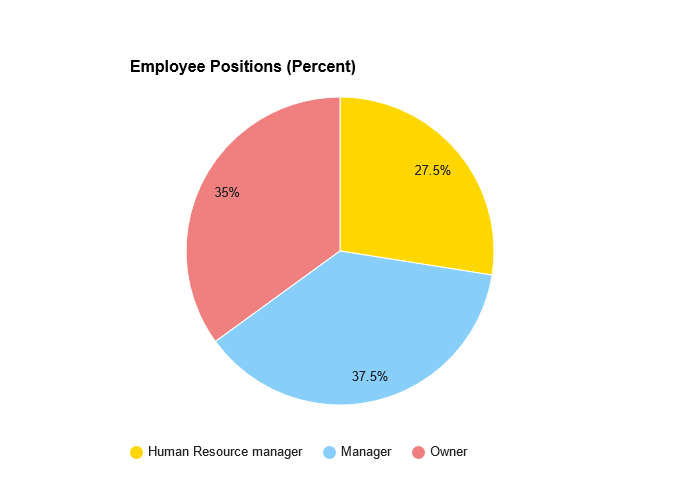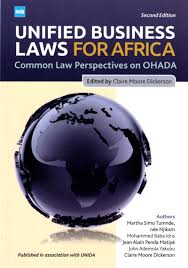
Understanding OHADA Enforcement Measures: Key Insights and Practical Advice
Whether you're dealing with court rulings, property attachments, or third-party involvement, this guide offers practical advice and insights to streamline your legal processes. Dive into the details and stay informed about effective enforcement practices.
The OHADA legal framework, particularly under the Uniform Act of 17 October 2023, provides a structured approach to enforcement measures within member states. This article highlights key provisions related to the enforcement of court rulings and the processes involved in property attachments and third-party obligations.
1. Enforcement of Court Rulings
Article 32-1 clarifies that the enforcement of a court ruling within the specified time limit for non-suspensive remedies is not considered a fault, even if the ruling is later contested. This means that if a ruling is executed during the period when an appeal or other legal action could be taken, the party enforcing it cannot be held liable for any subsequent disputes, though restitution may be required if the ruling is overturned.
2. Writs of Execution
Article 33 defines the types of writs of execution that are recognized:
- Court decisions with an executory formula.
- Foreign acts and court decisions with exequatur.
- Conciliation reports and notarial acts with executory formulas.
- Mediation agreements following the Uniform Act on Mediation.
These documents are critical for enforcing legal decisions and ensuring they are executed effectively.
3. Certificates and Notifications
Article 34 requires a certificate of non-appeal and non-opposition when a court decision is invoked against a third party. Additionally, Article 35 emphasizes the importance of notifying or providing copies of documents used in enforcement measures.
4. Property Attachment
Articles 36-37 address the procedures for property attachment:
- Property under attachment becomes inalienable, meaning it cannot be sold or transferred without notifying the creditor.
- Debtors must disclose prior attachments to new creditors and produce relevant documents.
- Notification of attachment interrupts the statutory time limits for related claims.
5. Third-Party Involvement and Restrictions
Articles 38-39 outline the responsibilities of third parties in enforcement proceedings:
- Third parties cannot obstruct enforcement and must assist as required by law.
- Debtors cannot force creditors to accept partial payments, but courts may allow installment payments under certain conditions.
6. Execution Procedures and Costs
Articles 41-47 detail the procedures for executing attachments, including:
- Rights of Bailiffs and Process-servers to enter premises and manage property.
- Costs of execution generally fall on the debtor, except in cases of unnecessary expenses.
7. Property Exemptions and Claims
Articles 50-53 list properties exempt from attachment:
- Maintenance allowances and essential items for livelihood.
- Property declared inalienable by national law.
- Assets of financial institutions.
For more in-depth insights and updates on OHADA enforcement measures, check back regularly. Explore our comprehensive resources at Solafide for OHADA accounting solutions by downloading our detailed guide at solafide.tech or register for our cloud services at accounting.solafide.tech to streamline your accounting and compliance needs.
Disclaimer
The information provided in this article is for general informational purposes only and does not constitute legal advice. For specific legal advice regarding OHADA enforcement measures or any related issues, please consult with a qualified legal professional.









